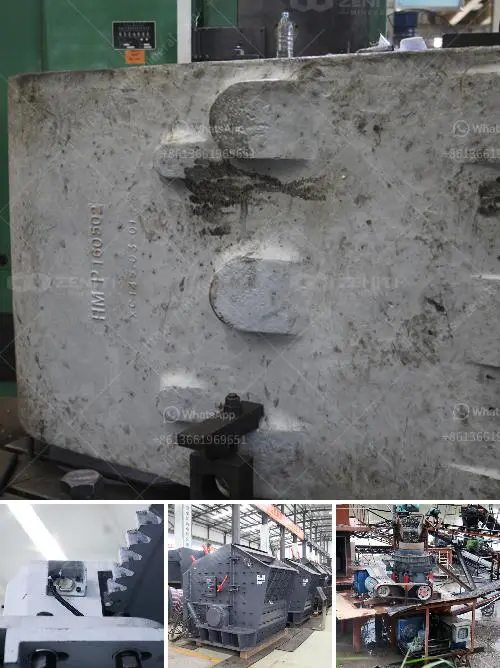Operating a limestone mine involves several hidden costs beyond the obvious expenses of equipment, labor, and permits. Here are some of the key hidden costs:
Environmental Compliance: Meeting environmental regulations can be costly, including expenses for obtaining permits, conducting environmental impact assessments, and implementing mitigation measures. Continuous monitoring and reporting also add to these costs.
Land Rehabilitation: Restoring the site after mining operations cease can be expensive. This includes costs for topsoil replacement, re-vegetation, and ongoing site monitoring to ensure compliance with environmental standards.
Community Relations: Building and maintaining a positive relationship with local communities and addressing their concerns can require significant investment in community engagement, support programs, and potentially compensating for disruptions caused by mining activities.
Health and Safety: Ensuring worker safety involves costs for implementing health and safety programs, regular training, inspections, and compliance with safety regulations. Accidents can lead to additional costs such as fines, legal fees, and compensation claims.
Infrastructure Development: Developing and maintaining infrastructure such as roads, water supply, and electricity can be costly, especially if the mine is located in a remote area.
Transport and Logistics: The logistics of transporting limestone from the mine to processing plants or customers can incur significant costs, particularly if the mine is far from major transport routes.
Water Management: Managing water usage and discharge, especially in areas with strict water regulations, can lead to additional costs for treatment facilities, recycling systems, and compliance monitoring.
Market Fluctuations: Changes in demand and prices for limestone can affect revenue, requiring financial strategies to mitigate against market volatility.
Regulatory Changes: Staying compliant with changing regulations can require frequent updates to operational procedures, technology, or equipment, leading to unforeseen expenses.
Decommissioning and Closure: Planning for and implementing closure activities can involve significant costs, including dismantling infrastructure, disposing of waste materials, and securing long-term monitoring.
Companies must account for these hidden costs in their financial planning to ensure sustainable and profitable operations over the long term.
